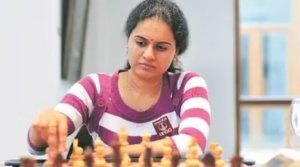Tackling ACL Tears: Empowering Female Athletes

The 2023 FIFA Women’s World Cup faces a significant setback as over 25 top female soccer players, including Canada’s Janine Beckie, miss the tournament due to ACL tears. Female athletes are at higher risk of tearing their ACL, facing lower odds of returning to sport within five years. The prevalence of ACL injuries among women highlights gender disparities in sports, necessitating immediate action for a more equitable playing field.
ACL tears are dreaded due to their long recovery time and potential for reinjury. Athletes often require physical therapy, exercise, or surgery to reconstruct the ACL, with recovery taking nine to twelve months. Despite treatment, 30% of female athletes may never return to sport, and 15% may experience a re-tear. Moreover, these injuries increase the risk of early-onset osteoarthritis, causing pain and loss of function.
While biological factors play a role, environmental factors contribute significantly to the higher risk for female athletes. Gender stereotypes undervalue females’ athletic abilities, leading to limited opportunities and resources. Weight training, vital for preventing ACL tears, is discouraged due to body image concerns. The rapid professionalization of women’s soccer has increased physical demands without a corresponding investment in resources, facilities, and coaching.
Addressing the epidemic demands collective action. Investing in women’s soccer with a national professional league, equitable pay, and training opportunities for female coaches and staff is crucial. Research focused on female health and injury prevention, conducted collaboratively with players and sport federations, is urgently needed. Education on injury prevention programs is essential for all female soccer players, from grassroots to professional levels.
To promote lasting change, gender inequities in sports must be confronted. By showcasing female athletes’ talents in media, we can challenge stereotypes and create more opportunities for growth. Only through collective effort can we empower female athletes and create a future where all players have an equal chance to excel.
Re-reported from the article originally published in The Conversation









